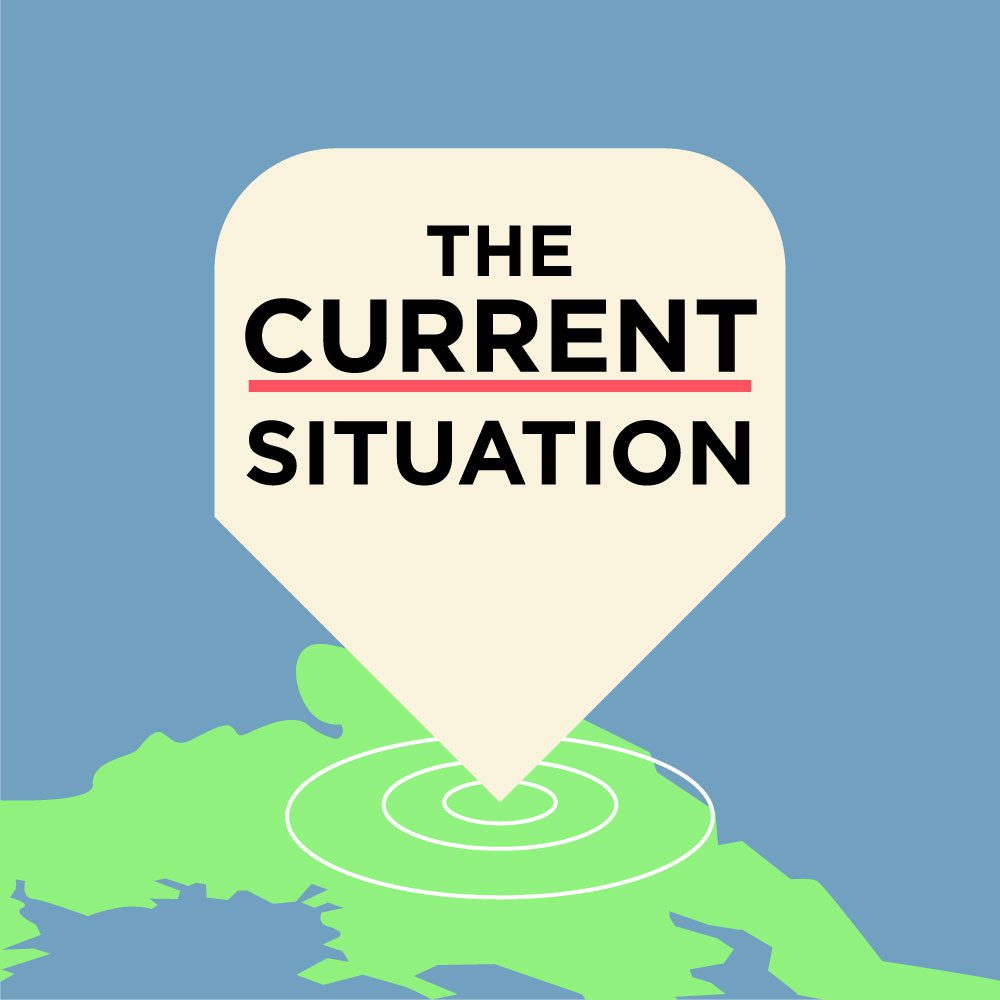How Can We Improve Climate Education written by Teaching Greener members, Logan Frandsen, Caleb Powell, Noah Mester and Ethan Knight. Edited by Megan Asbury and Joe Toft. Illustrations by Joe Toft.
Improving climate education

Teaching Greener’s goal was to report on the implementation status of the climate education curriculum in Worcestershire from the perspective of secondary school faculties. To achieve this the following was implemented:
- Developed an excel database of 41 Worcestershire secondary schools’ contact information.
- Documented the education policies of England and the climate change policies of the UK.
- Interviewed teachers from 5 schools and surveyed teacher trainees about their experiences with climate education.
- Identified opportunities for improving climate education in secondary schools.
The teacher trainee survey asked about their time as students and their time now preparing to become teachers. This survey was given to 150 trainees at the University of Worcester, where 71 responses were received.
Current Climate Education Situation

Teachers and teacher trainees reported several successes and challenges when implementing climate change education into the curriculum. The most notable finding was that the English National Curriculum does not provide teachers with enough time or direction to properly teach climate education. The curriculum places greater emphasis on other topics, leaving climate education to be taught in any spare time available in the classroom. These time constraints may have caused teacher trainees to feel they did not receive comprehensive climate change education as secondary students if they received any climate education at all.
The curriculum’s current requirements leave most of the climate education material to be created independently. This requirement led to inconsistent climate education across schools, resulting in some students receiving useful education, while others gained little to no climate education.
Climate education can extend effectively beyond the classroom. Teachers can educate and encourage student engagement with climate change while discussing current local and global events. Some schools also have eco-clubs, which can connect students to local environments and encourage sustainable attitudes.
How Can We Improve Climate Education?

Teaching Greener recommends that the Department for Education (DfE) should create a climate change section within geography and chemistry, as well as add climate change ideas throughout the other disciplines of the curriculum. This should be achieved by:
- Reviewing the National Curriculum by utilizing focus groups of curriculum experts.
- Removing outdated material from the National Curriculum
- Forming new climate change topics in Chemistry, and Geography, as well as implementing climate change ideas throughout the other subjects of the National Curriculum.
- Implementing the new curriculum with teacher training involving carbon literacy training, seminars about integrating climate change into lessons and support with this.
- Expanding access to teacher resources by creating pre-made, up-to-date lessons and materials which can be edited and shared amongst the education community, for example through climate change conferences.
- Improve access to outdoor and environmental activities in schools by providing resources for them to create green spaces and establish eco-clubs.